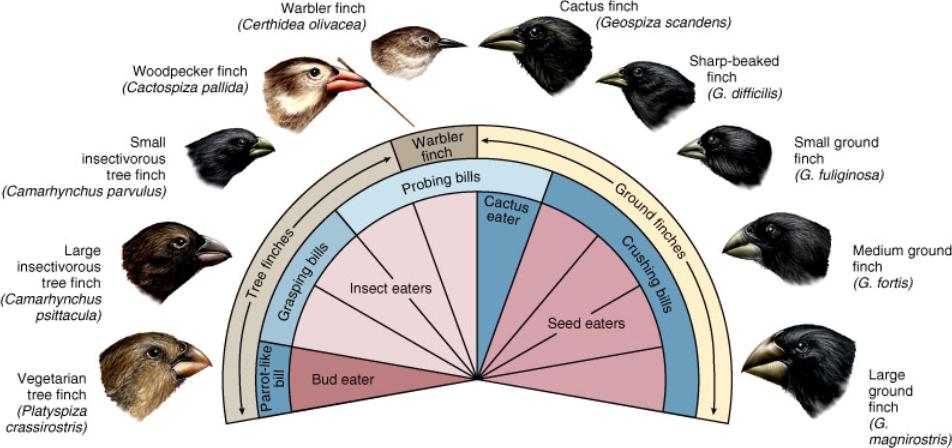Can we explain diversity - can evolutionary biology do it? - see link
Well established theories on patterns in evolution might be wrong
Any thoughts?
I don't see anything wrong with having open discussions on how life may or may not have diversified over time.
When we look at the fossil succession, in conjunction with genetics, we see generally how diversification has unfolded throughout time. But the specifics of why certain events unfolded in certain ways, is always up for discussion.
A populations example commonly discussed is with relation to the mammalian radiation after the k-t extinction.
The iridium layer and Yucatan crater suggest a massive asteroid destroyed the dinosaurs at the end of the Cretaceous. But we also have Deccan traps volcanism and a decline in variety of dinosaurs leading up to the k-t boundary. So it's difficult to know precisely what killed the dinosaurs. We can only really guess a combination of things involving both and perhaps even more factors beyond that.
With the mammalian radiation thereafter, it would make sense if life then had an open world to move into, thereby resulting in an expanse of variation. Which seems to be suggested as a factor or possibility considered in the paper.
Beyond that, we have other concepts weighting in, such as how much of life is captured in the succession. With the Cambrian explosion, we have arthropod tracks predating the explosion, as well as a relatively high number of soft bodied fossils. There are also fossils of shellfish, corals, sponges and other life forms before the explosion was well. this suggests that life was indeed present prior to the Cambrian explosion itself, likely in large numbers. All of this not including the ediacaran and microshellies as well, such as cloudina and sinotubilites.
But the fossil record doesn't capture a plethora of arthropod fossils before the explosion, because soft bodied fossils are a rarity by nature of fossilization.
And so the record itself doesn't necessarily capture everything, leaving us just with the succession that we have, to work with, along with genetics, biostratigraphy, comparative anatomy etc.
And so holding discussions on rates of evolution and causes for radiations or biases in our numerical recognition of fossils, is always worth examining.

